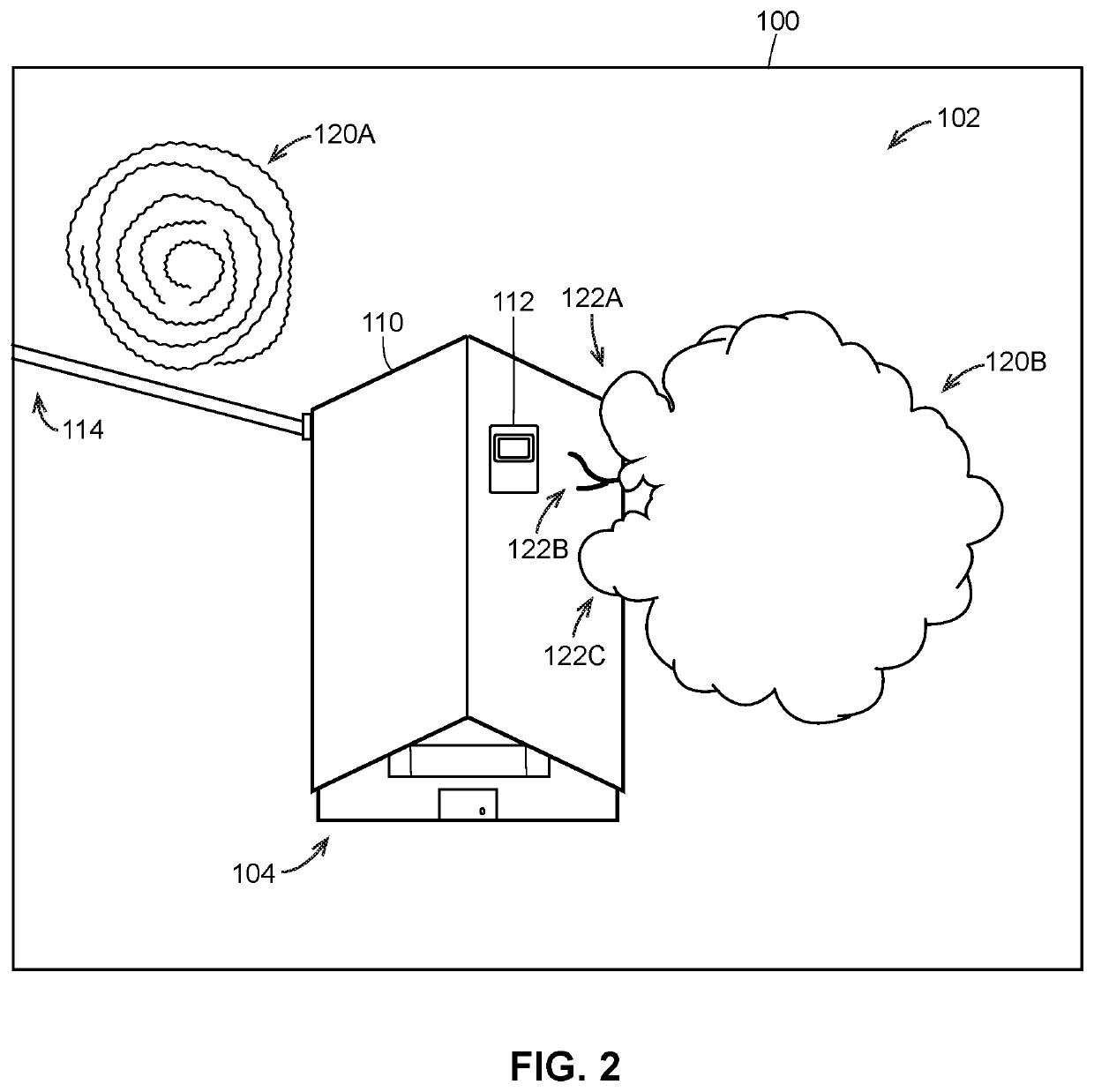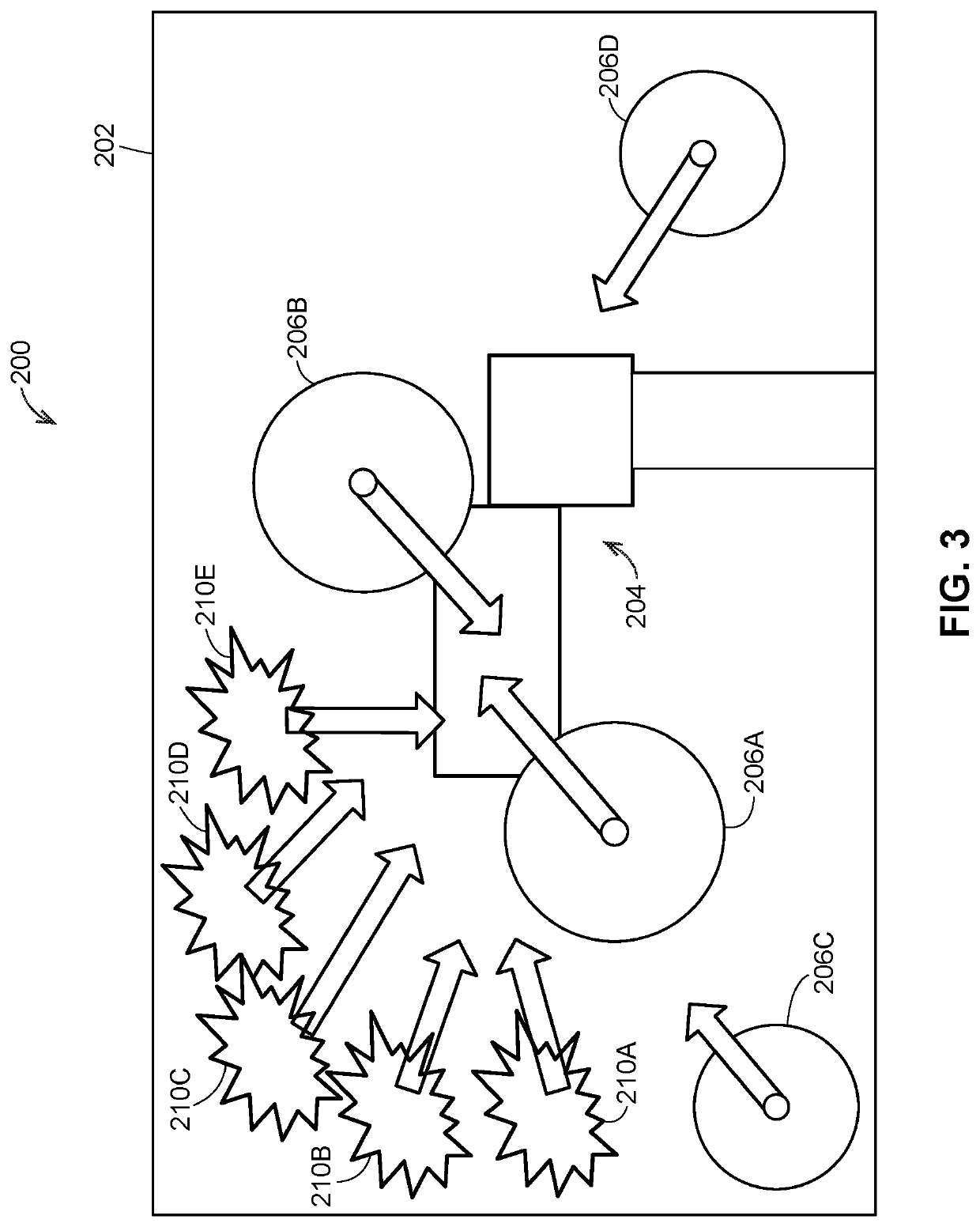Aerial imaging for insurance purposes
a technology for insurance purposes and aerial imaging, applied in the field of insurance, can solve the problems of heavy snow, tree damage to a home, saturated soil, etc., and achieve the effect of accurately and efficiently underwriting risk, reducing the number, frequency and/or cost of small-scale operations, and reducing the cost of paying claims
- Summary
- Abstract
- Description
- Claims
- Application Information
AI Technical Summary
Benefits of technology
Problems solved by technology
Method used
Image
Examples
Embodiment Construction
I. Exemplary Use of Aerial Images for Insurance Purposes
[0014]The present embodiments relate to processing aerial images of properties (e.g., homes with yards) for insurance purposes, such as underwriting risk associated with the properties and / or mitigating risk of damage to structures or objects located on the properties. The insurance may be home insurance, for example, and the aerial images may be images of the properties (e.g., properties of policyholders and / or properties adjacent to policyholder properties). The images may be taken by sensors mounted on airplanes, unmanned aerial vehicles (UAVs) / drones, satellites, and / or any other vehicle or object that is not ground-based, and may be taken from one or more angles. As used herein, and unless a more specific meaning is clearly indicated by its usage, an “image” may refer to an image that captures information within the visual spectrum (i.e., the frequency spectrum that can be perceived by the human eye), or may refer to an im...
PUM
 Login to View More
Login to View More Abstract
Description
Claims
Application Information
 Login to View More
Login to View More - R&D
- Intellectual Property
- Life Sciences
- Materials
- Tech Scout
- Unparalleled Data Quality
- Higher Quality Content
- 60% Fewer Hallucinations
Browse by: Latest US Patents, China's latest patents, Technical Efficacy Thesaurus, Application Domain, Technology Topic, Popular Technical Reports.
© 2025 PatSnap. All rights reserved.Legal|Privacy policy|Modern Slavery Act Transparency Statement|Sitemap|About US| Contact US: help@patsnap.com



